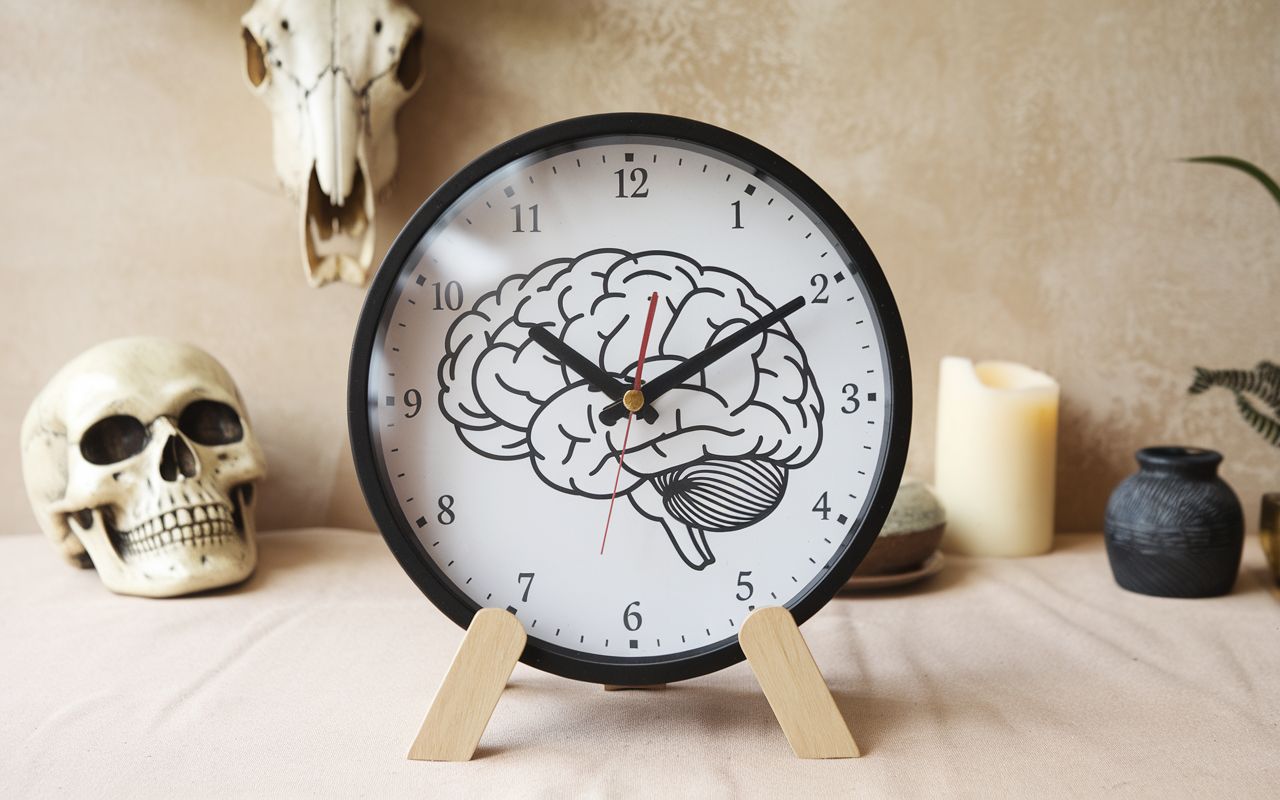Follow us on Google News (click on ☆)
In a study published in Communications Biology, scientists leverage advances in computational neuroscience and the study of the human connectome to begin unraveling this mystery.

The role of the connectome in brain organization
When you listen to a story, different regions of your brain are activated according to a temporal hierarchy. Words, sentences, and narrative elements are processed progressively.
This organization reveals a complex structure: areas close to the senses quickly analyze raw data, while associative regions, such as the prefrontal cortex, integrate this information over longer periods. This temporal processing hierarchy has been well characterized in humans, but the question remains: why is this temporal hierarchy structured this way?
Recent advances in mapping the human connectome and modeling neural networks provide new answers. In a paper published in the journal Communications Biology, scientists used computational neuroscience models based on the human connectome—a detailed map of neural connections between brain regions.
These models, inspired by so-called "reservoir" neural networks, simulate brain dynamics using connectivity principles based on the human connectome. They reveal the essential role of white matter tracts, such as the fronto-occipital fasciculus, which connect distant brain regions. These neural "shortcuts" allow associative areas to quickly access information processed by sensory regions.
Thanks to these connectome-based models, scientists were able to reproduce the temporal processing hierarchy observed in the human brain. Their results show that the hierarchy of time scales stems from the structure of the connectome. In other words, this organization does not result from the specific demands of cognitive tasks related to narrative comprehension but rather from the intrinsic connectivity of the human brain.
Parallels with artificial intelligence
A parallel emerges between these observations and artificial intelligence. The brain's white matter pathways resemble the "skip connections" used in deep neural networks (DNNs). These artificial neural networks, composed of multiple interconnected layers, are widely used in machine learning to process data. In DNNs, these skip connections play a crucial role in stabilizing activity and improving information flow.
Similarly, in the primate brain, long-distance neural connections ensure efficient information transmission. When signal propagation via local connections becomes inefficient, these shortcuts become essential to the system's architecture. This discovery offers a new perspective on the function of white matter pathways and opens the door to innovative explorations of the links between neuroscience and artificial intelligence.

Simulation of the narrative hierarchy and the effect of white matter shortcuts.
(A) Scientists processed anatomical and diffusion MRI images from 100 subjects in the HCP dataset to extract whole-brain tractography.
(B) This was used to generate the whole-brain connectome—a map of connections between 400 segmented brain regions.
(C) This map was then used to create the connectivity matrix of a "reservoir" neural network model. Here, we see this matrix schematized, including the presence of a shortcut connection linking neurons activated by sensory inputs (left) to associative neurons on the right. This corresponds to a white matter pathway like the inferior fronto-occipital fasciculus, illustrated in (D).
Removing this pathway in the simulation produces a slowdown (indicated in red) in orbitofrontal areas in the inflated brain image in (E).
This illustrates one of the roles of these long-distance connections, which can have effects similar to skip connections in deep neural networks.
© Pault Triebkorn, Viktor Jirsa, PF Dominey
Reference:
Simulating the impact of white matter connectivity on processing time scales using brain network models. Triebkorn, P., Jirsa, V. & Dominey, P.F. Communications Biology, February 7, 2025, DOI: https://doi.org/10.1038/s42003-025-07587-x